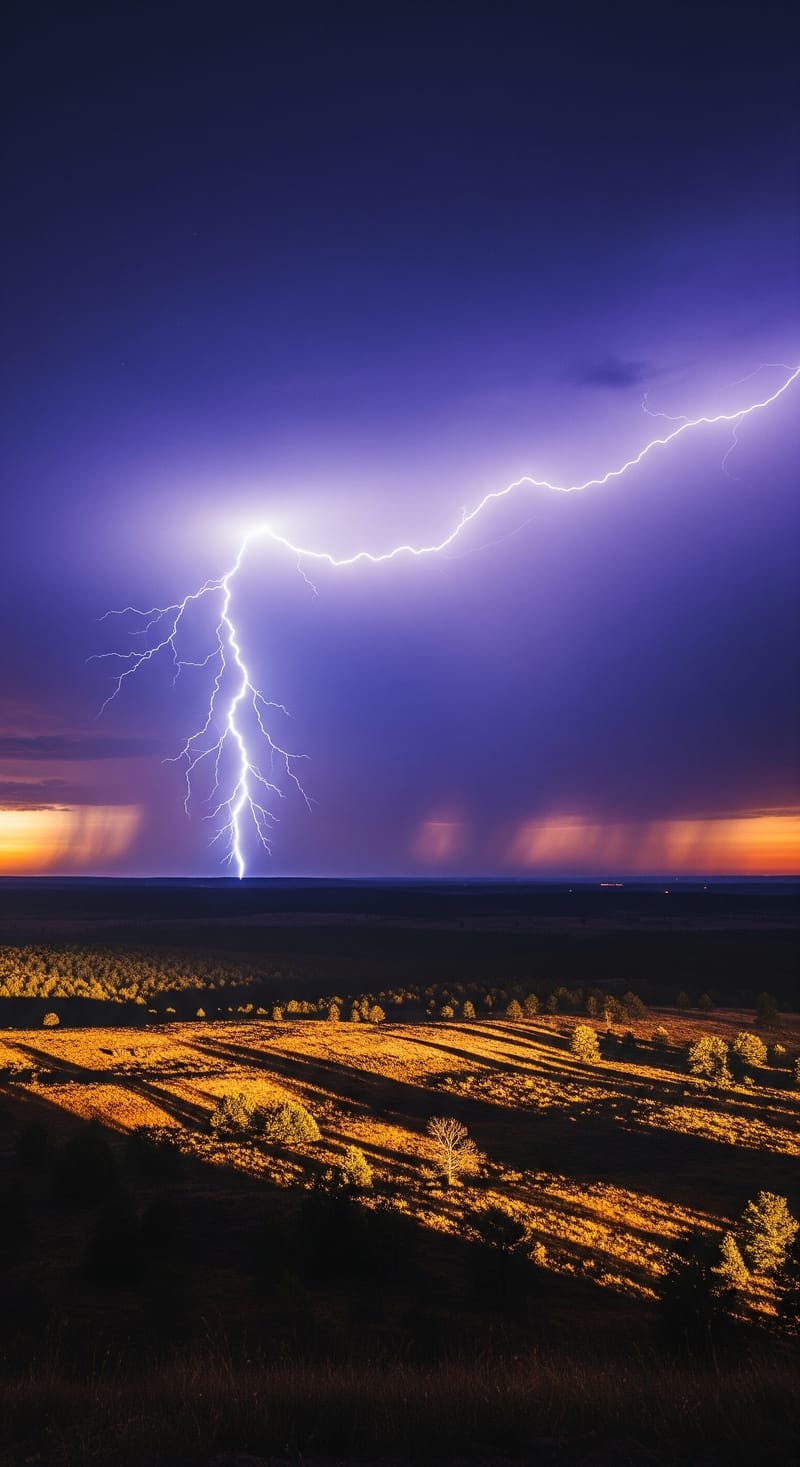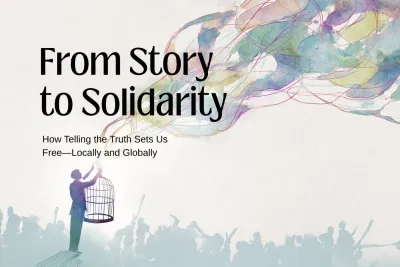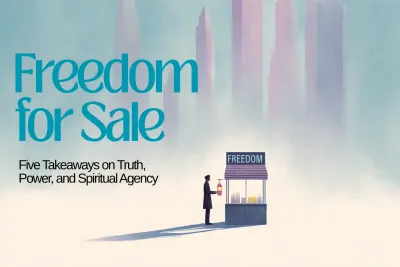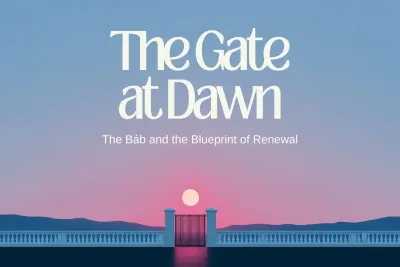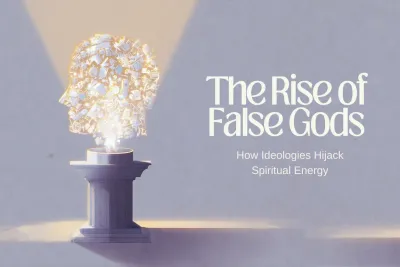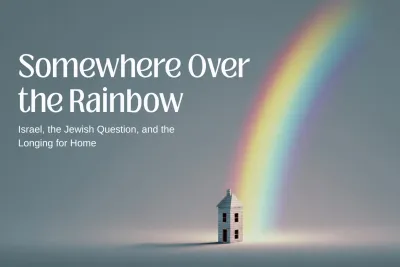Lightning Strikes!: The Declaration of the Bab
“Say: In the East the light of His Revelation hath broken; in the West have appeared the signs of His dominion.” These prophetic words from Baha’u’llah, the Prophet and Founder of the Baha’i Faith, encapsulate the extraordinary events of 1844—a year in which the spiritual and material paths of humanity converged in remarkable ways. In the East, the Bab made His momentous declaration in Shiraz, Persia, proclaiming the dawn of a new spiritual age. In the West, Samuel Morse, using the newly invented telegraph, tapped out the first instant message—“What hath God wrought?” Together, these pivotal events, separated by geography but aligned in purpose, fulfilled ancient prophecies found in the Bible, the Qur’an, and other sacred texts, illuminating humanity’s path toward a new era of unity and transformation.
Introduction:
In the momentous year of 1844, a series of extraordinary events unfolded across the globe, fulfilling ancient prophecies and heralding the dawn of a new spiritual age. While the Western world was enwrapped in fervent expectations of Christ’s return, a proclamation originating in the East ignited a divine spark of transformation—its significance initially unseen but destined to reshape human history. Against the dramatic backdrop of the Millerite movement, the first telegraph message, and a religious declaration in Persia converged to signal the fulfillment of the very divine promises that turned the gaze of the Millerites toward the heavens. These events occurred on opposite ends of a World not yet connected by instant telecommunications, and thus went unnoticed by the Millerites. And yet they are clearly connected. As we shall see, they form the foundation of humanity’s progression toward unity, justice, and spiritual renewal.
In the West, hundreds of thousands subscribed to the teachings of William Miller, a Baptist preacher whose interpretation of Biblical prophecies led him to believe—and publicly teach—that Jesus Christ would return to earth to cleanse and purify it. As he declared in his writings, “My principles in brief, are, that Jesus Christ will come again to this earth, cleanse, purify, and take possession of the same, with all the saints, sometime between March 21, 1843 and March 21, 1844.”
Meanwhile, a transformative moment was unfolding in the East. On the evening of May 22, 1844, in Shiraz, Persia, a young merchant named Siyyid Ali Muhammad—later known as the Bab—declared His divine mission to Mulla Husayn. This quiet yet revolutionary announcement revealed Him as the Gate to a new spiritual dispensation, fulfilling millennia-old promises contained within the Bible, the Qur’an, and other sacred texts.
Just hours after the Bab’s declaration, on May 24, 1844, across the Atlantic, Samuel Morse forever altered the course of modern communication. His transmission of the first telegraph message, “What hath God wrought?”—a phrase drawn from Numbers 23:23—ushered in a new era of technological and material connection. It was as if lightning itself had bridged the divide between distant horizons, echoing Christ’s prophetic words in Matthew 24:27, “For as the lightning comes from the east and shines as far as the west…” This technological marvel, though secular on the surface, paralleled the spiritual brilliance of the Bab’s Revelation, both signaling humankind's entry into an age of unprecedented transformation.
Though obscured from immediate view, the Bab’s proclamation united with Morse’s telegraph message to underscore the prophetic timing and significance. Together, they heralded the fulfillment of divine promises across holy scripture—a moment when spiritual and material progress intertwined to push humanity toward an era known in the Bible as “The Kingdom of God.
From East to West: The Bab’s Revelation and Morse’s "Lightning Message"
At two hours and eleven minutes after sunset on May 22, 1844, in Shiraz, Persia, a young merchant named Siyyid Ali Muhammad—later known as the Bab, meaning “the Gate”—revealed His station to Mulla Husayn, a student fervently searching for the Promised One. The Bab announced Himself as the fulfillment of centuries of prophecy, the divine figure foretold in Islamic, Biblical, and other religious traditions. In doing so, the Bab also prepared the way for “Him Whom God shall make manifest,” the future, world-unifying Messenger later revealed as Baha’u’llah - “Glory of God”.
Like the lightning foretold by Christ, this announcement was an unmistakable spiritual burst—one that would radiate eastward and westward, bridging hearts, cultures, and nations. Though Persia had first received this sacred moment, the true illumination of this light would soon cross oceans, becoming visible to the Western world as prophecies converged and material realities shifted in tandem with spiritual ones.
A mere 24 or so hours after the Bab’s declaration, at 8:45 AM Eastern Standard Time on May 24, Samuel Morse stunned audiences by transmitting the first telegraph message between Washington, D.C., and Baltimore. Morse’s revolutionary communication tool, which transmitted messages with unprecedented speed, mirrored the lightning-like spiritual message of the Bab. The telegraph announced the dawn of instant, global communication, precisely as the spiritual unifier of humankind—the Bab—began His mission, signaling the advent of a new, interconnected world.
Morse’s choice of text, “What hath God wrought?” taken from Numbers 23:23, seemed more than coincidence. The full verse reads: “Surely there is no enchantment against Jacob, neither is there any divination against Israel. According to this time it shall be said of Jacob and of Israel, ‘What hath God wrought!’”
The connective tissue of these events runs through prophetic geo-political history. The Ottoman Empire was in a period of reform, due to being in decline, but still very prominent on the world scene. On 21 March 1844, the Sublime Porte of the Ottoman Empire submitted a note to the British and French embassies promising to cease the executions. The timing is astonishing - coinciding exactly with the outside date identified by William Miller. And the connection with Samuel Morse is also interesting - he received an Ottoman patent for the telegraph in 1847, issued by Sultan Abdülmecid, who personally tested the invention.
The End of the "Times of the Gentiles" and Isaiah’s Promise
The 1844 occurrence, within 24 hours, on the opposite sides of the globe, of the Bab’s declaration and Morse’s telegraph, fulfilled a wide range of Biblical prophecies. One of the most significant was Jesus’ foretelling in Luke 21:24, which spoke of an age in which Jerusalem would no longer be "trampled by the Gentiles," signaling the commencement of a new era. In that same year, the Ottoman Empire issued its series of landmark “Edicts of Toleration.” These edicts repealed centuries-old restrictions, enabling Jewish people to purchase land in the Holy Land for the first time in centuries and paving the way for the restoration prophesied in Isaiah 11:12:
"He will raise a banner for the nations and gather the exiles of Israel; He will assemble the scattered people of Judah from the four corners of the earth."
These developments resonated with the spiritual and material transformations sparked by the Bab’s teachings and Morse’s invention. While the Ottoman decrees restored Jewish exiles to their homeland, the Bab’s message extended the promise of unity to all peoples across the world, transcending race, nation, and creed.
The Lightning That Shines Across History
A central component of the Bab’s message was the announcement about “He whom God will make Manifest” - a John the Baptist / Elijah like declaration of what was to come to pass, nineteen years after His declaration. This, Baha’is believe, was the declaration of Baha’u’llah in the Ridvan Garden in 1863. Unlike Jesus and Mohammed, who taught both servants and masters to obey the law of God, while not actually freeing the servants, Baha’u’llah declared the end of slavery. In the Lawh-i-Aqdas (The Most Holy Tablet) Baha’u’llah wrote Say: In the East the light of His Revelation hath broken; in the West have appeared the signs of His dominion. Ponder this in your hearts, O people, and be not of those who have turned a deaf ear to the admonitions of Him Who is the Almighty, the All-Praised. Let the Breeze of God awaken you. Verily, it hath wafted over the world. Well is it with him that hath discovered the fragrance thereof and been accounted among the well-assured.”
“In that same year, 1863, the United States reached its defining crisis: the Civil War. At the heart of this struggle, President Abraham Lincoln wielded Morse’s invention to deliver what he called “lightning messages” to guide armies and preserve the Union, ultimately abolishing slavery through the 13th Amendment. This monumental triumph, illustrated the power of what was inaugurated by the Bab, and amplified by “He whom God will make Manifest” Baha’u’llah wrote much about the role of the United States in “leading the world to the most great peace”, and that in the same year Baha’u’llah announced the emancipation of slaves, this nation launched a war to accomplish just that, as if in obedience to Baha’u’llah’s dominion - a major step in humanity’s divinely guided progression toward a world founded on freedom and unity.
The Bab’s Revelation, though unknown in the West at the time, was spread by Baha’is across continents on the very currents of communication and unity that Morse had unlocked. Likewise, the end of slavery mirrored the spiritual principle of liberation and equality heralded by the Bab and pronounced by Baha’u’llah. These twin transformative forces—material innovation and spiritual awakening—worked in unison to prepare the way for humanity’s eventual realization of oneness.
A New Era Unfolds
The year 1844 stands as a luminous turning point in human history. Across disparate geographies and contexts, events foretold in sacred texts converged with divine precision. The Declaration of the Bab signaled the end of old cycles and the dawn of a new spiritual age, fulfilling promises encoded in the Bible, the Qur’an, and other scriptures. Meanwhile, Morse’s first telegraph bridged the material chasm between East and West, mirroring the Bab’s spiritual mission to unite humanity.
Through the issuance of Ottoman reforms and the Jewish return to the Holy Land, prophecies such as those found in Isaiah 11:12 and Luke 21:24 bloomed into fulfillment, adding yet another thread to this unfolding global transformation. Together, these moments—a new revelation in Persia, a technological marvel in the United States, and the gathering of exiles in Jerusalem—illuminated the path forward for an interconnected, unified age.
Indeed - What hath God wrought? Morse’s message amplified this question, which echoes through history. I’ve shared an answer which was the proverbial tip of the iceberg when it comes to the question “What on earth is God doing? Into the darkness of secular and religious confusion comes this radiant flash of lightning - providing a moment of illumination to a world on the cusp of spiritual and material transformation. Like lightning blazing from East to West, the Bab’s proclamation and the advances of humanity in 1844 proclaimed the same truth: the potential to achieve unity, justice, and renewal is now at hand.
The question is, will we turn to the source of that light? Will we seek further illumination? Will we diligently pursue the answers to the innumerable questions raised by what we see in that brief, but almost blinding, flash of light?

